#dryosaurus altus
Text
SISTER FORMATIONS: MORRISON, LOURINHA AND TENDAGURU
Back in the Late Jurassic Period, North America, Europe and Africa were next door neighbors.

This is reflected in the similarity of the lithology, and fauna of the rocks. In North America, we have the Morrison Formation, in Europe we have the Lourinha Formation, and in Africa we have the Tendaguru Formation. All of these are contemporaneous or sister formations.
Stratigraphy
The Tendaguru Formation is approximately 177 m thick and broken up into five members: Lower Dinosaur Member (cross-bedded, fine-grained sand and siltstone w/interbedded clay), Nerinella Member (trough cross-bedded and massive sandstone indicating a tidal channels, sandbars and beaches),

Middle Dinosaur Member ( ripple, cross-bedded, fine-grained calcareous sandstone and siltstone and massive to crudely bedded siltstone and claystone indicating tidal flats and lagoons),
Indotrigonia Africana Member (calcite cemented sandstone, conglomerate, thin claystone, and siltstone with sandy limestone indicating tidal and deltaic channels),
and the Upper Dinosaur Member (ripple, cross-bedded, fine-grained sandstone and siltstone with interbedded claystone and micriitic carbonates indicating tidal flats).
The Lourinha Formation is about 200 to 1000 meters thick and is broken into about 5 members: Praia da Amoreira Member (massive mudstone with meter thick sandstone lenses and calcrete layers indicating a meandering river system),
the Porto Novo Member (cross-bedded sandstone indicating a deltaic system), the Praia Azul Member (marl and mudstone indicating brief marine transgression),
and the Santa Rita and Assenta Members (mudstone, caliche, shelly carbonates near the top indicating a landward side of a deltaic system) which are equivalent members from different basins.

The Morrison, as stated previously, is about 200 m thick and consists of 11 different members. I will not go into detail about them again but it should be noted that the formations are approximately the same thickness and made of primarily sand, silt and mudstone.
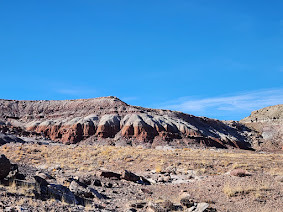
DINOSAURS
Now for the other fun part: the dinosaur fauna. There are some dinosaurs that are shared between two or all of the formations. These include Ceratosaurus nasicornis in the Morrison and a possible Ceratosaurus in the Tendaguru
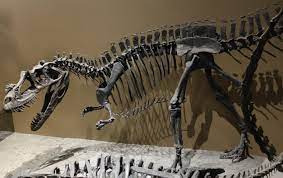
and in the Lourinha, Torvosaurus tanneri in the Morrison, Torvosaurus gurneyi in the Lourinha, and a possible Torvosaurus species in the Tendaguru,
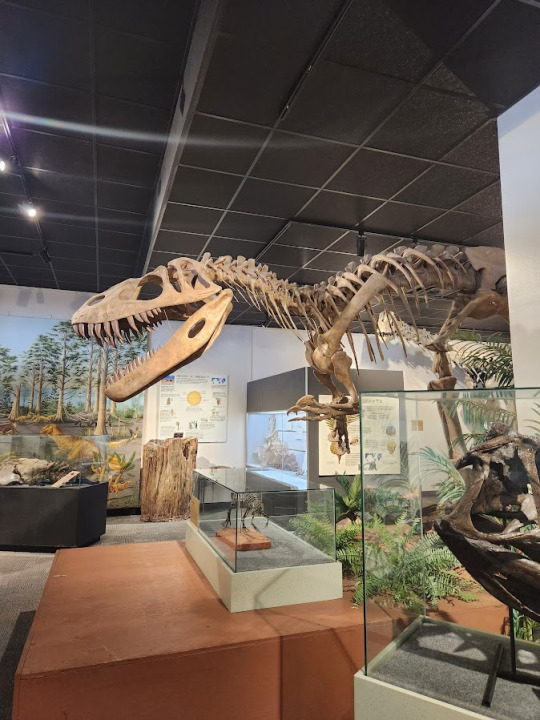
Allosaurus fragilis in the Morrison and Allosaurus europaeus in the Lourinha,

Dryosaurus altus in the Morrison and a possible Dryosaurus species in the Lourinha,

Miragaia longicollum in the Lourinha and possibly Miragaia longispinus in the Morrison. Though if that's true, the genus would be Alcovosaurus because that was named first.

And then there are the dinosaurs that were similar to each other in each formation. Filling in the niche or living alongside Dryosaurus was Dystalotosaurus of the Tendaguru,
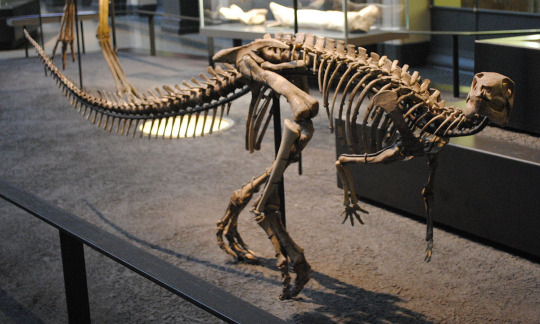
Eudryosaurus in the Lourinha, and Nanosaurus in the Morrison.
There's Draconyx in the Lourinha and Camptosaurus in the Morrison as early iguanodonts.

Kentrosaurus in the Tendaguru, Dacentrurus in the Lourinha and Stegosaurus and Hesperosaurus in the Morrison are the main stegosaurs.
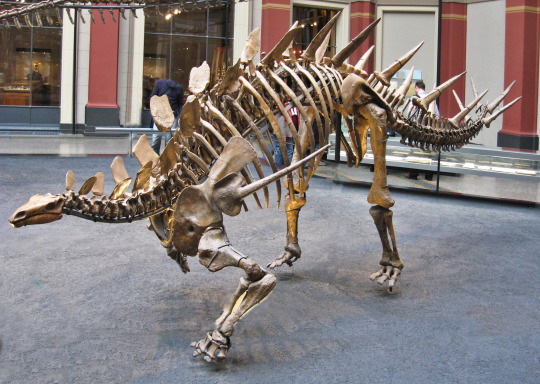
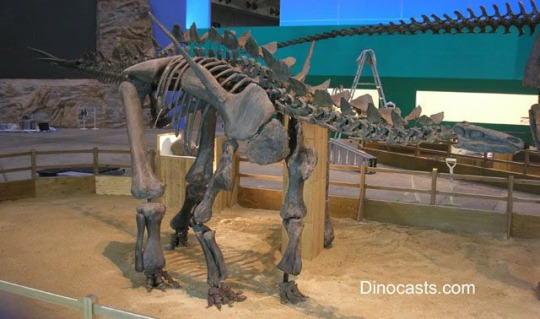


For ankylosaurs, there is Dracopelta in the Lourinha and Mymooropelta and Gargoyleosaurus in the Morrison.


Then there's Dicraeosaurus of the Tendaguru and Suuwassea of the Morrison.

Giraffatitan of the Tendaguru, Lusotitan of the Lourinha and Brachiosaurus of the Morrison all represent brachiosaurs.
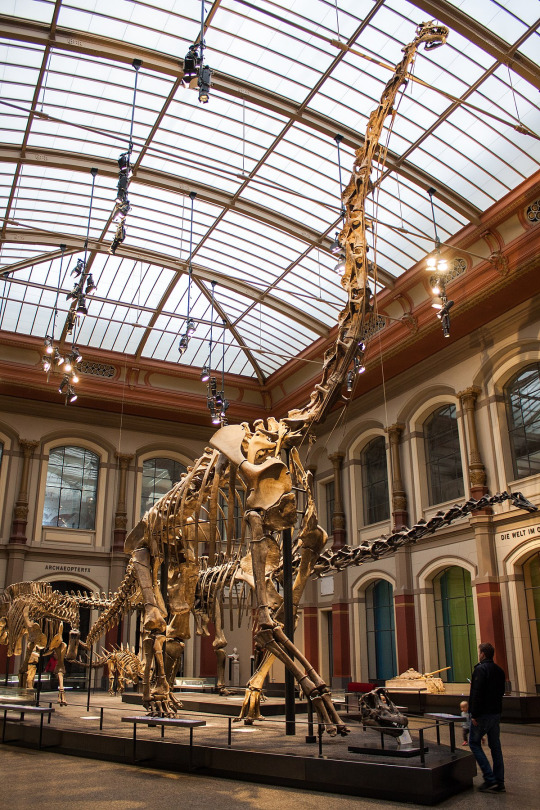
Janenschia of the Tendaguru and Haplocanthosaurus of the Morrison represent early sauropods.

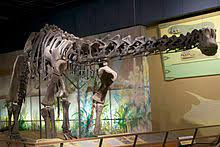
Tendaguria of the Tendaguru and Zby of the Lourinha are even earlier sauropods.

Torneiria of the Tendaguru and Deinheirosaurus of the Lourinha are the diplodocids that match up with the bagillion in the Morrison.
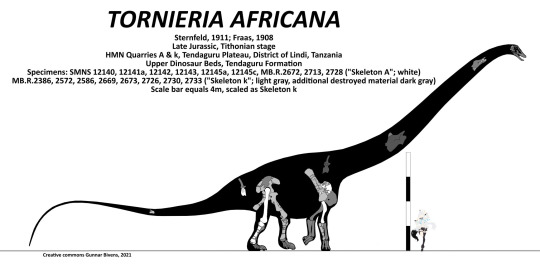
Lourinhasaurus is the camarasaurid representative of the Lourinha.
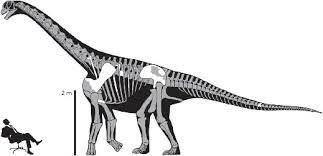
The Tendaguru and the Lourinha have early carcharadontosaurs in the forms of Veteruristisaurus and Lusovenator.
Lourinanosaurus is the European equivalent of Marshosaurus in the U.S.

And Elaphrosaurus of the Tendaguru is the small to medium-sized equivalent of Tanycoalgreus in the Morrison.
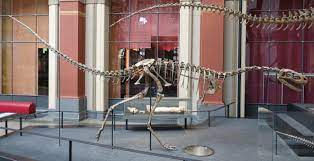

This was a ton of info so if you want it more broken down, message me! I am happy to walk you through it all! Enjoy your weekend!
#paleontology#dinosaur#fossils#geology#lithology#north america#europe#africa#morrison formation#lourinha formation#tendaguru formation#science#allosaurus#torvosaurus#ceratosaurus#stegosaurus#brachiosaurus#giraffatitan#miragaia#kentrosaurus#dacentrurus#mymooropelta#dracopelta#gargoyleosaurus#dryosaurus#sandstone#mudstone#limestone#siltstone#stratigraphy
134 notes
·
View notes
Text

Jurassic June 2024 Day 29: Stegosaurus ungulatus
A lone Stegosaurus munches on some ferns in front of a waterhole frequented by two Dryosaurus altus at the left and two Nanosaurus agilis at the right.
#paleoart#dinosaur#dinosaurs#paleontology#stegosaurs#stegosaur#stegosauria#stegosaurus#jurassic june 2024#jurassic#late jurassic#dryosaurus#nanosaurus#morrison formation#jurassic june art challenge#jurassic period#jurassic june#stegpsaurus ungulatus#dinosaur artwork#dinosaur art
42 notes
·
View notes
Photo



Some grey scale dinosaurs.
Apologies for the quality, I literally pulled them from my deviantArt account bc I’m too lazy to take them to the print shop for scanning. I’ve concluded my work gets a lot more engagement and is more widely viewed here on Tumblr than on Twitter, I’m gonna start bringing in stuff from there while I work on new pieces!
Left: Dryosaurus altus, graphite
Right: Tyrannosaurus rex (adult), Copic markers + grey toned paper
Bottom: Tyrannosaurus rex (nestlings), Copic markers + grey toned paper
Find me on deviantArt and twitter
#palaeoblr#artists on tumblr#dinosaurs#paleoart#mesozoic#palaeoart#ornithopod#theropod#tyrannosaurus rex#dinosaur art#extinct fauna#prehistoric fauna#my art
40 notes
·
View notes
Text

dryosaurus altus
I thought this one was interesting bc science has been moving more and more towards depicting dinosaurs as birdlike but this is the first I've seen a dinosaur designed with a wattle hanging down from the head
7 notes
·
View notes
Text
youtube
Animatronic Dryosaurus altus, Dinosauria, Oulu, Finland
13 notes
·
View notes
Video
it's all in the hips
by Via Tsuji
#Palaeoblr#Dryosaurus#Dryosaurus altus#Ceratosaurus#Ceratosaurus nasicornis#Theropod#Dinosaurs#Prehistoric#Jurassic#Museum#Skeletons#Carnegie Museum#Carnegie Museum of Natural History#Photo
98 notes
·
View notes
Text

Mine? Mine? Mine?
2 notes
·
View notes
Text
I Know Dino Podcast Show Notes: Hesperornis (Episode 250)
I Know Dino #Podcast Episode 250: Sabrina Ricci's Hardcore Bone Wars. A comprehensive discussion of the Bone Wars, which uncovered #Triceratops, #Stegosaurus, #Diplodocus, #Allosaurus, and many more #dinosaurs.
Episode 250 is all about the Bone wars. Including our dinosaur of the day, Hesperornis, the penguin-like dinosaur with teeth and strange lobed feet.
Big thanks to all our patrons! Your support means so much to us and keeps us going! If you’re a dinosaur enthusiast, join our growing community on Patreon at https://www.patreon.com/iknowdino.
You can listen to our free podcast, with all…
View On WordPress
#allosaurus#altus#apatosaurus#Bone Wars#brontosaurus#camarasaurus#camptosaurus#ceratosaurus#Charles#coelophysis#Coniornis#cope#Cretaceous#Darwin#dinosaur#dinosaur of the day#dinosaurs#diplodocus#Drinker#dryosaurus#Edward#gracilis#Hesperornis#Huxley#i know dino#Joseph#Leidy#marsh#Othniel#paleontology
1 note
·
View note
Photo

Dryosaurus altus was a Jurassic plant eater that could be found in the forests and fern prairies of North America 150 million years ago. As a small dinosaur, measuring about 10 feet long, this dinosaur’s best defense against predators was its speed.
#FossilFriday#fossildig#DinosaursinTheirTime#NaturalHistoryMuseum#museum#CMNH#CarnegieMuseumofNaturalHistory
57 notes
·
View notes
Photo

Dryosaurus altus. #inktober #inktober2019 #ink #drawing #likeforlikes #dryosaurus #dinosaur #jurassicpark #thelostworldjurassicpark #paleoart https://www.instagram.com/p/B3SSbzrFyvf/?igshid=1l9qilcefc1dj
#inktober#inktober2019#ink#drawing#likeforlikes#dryosaurus#dinosaur#jurassicpark#thelostworldjurassicpark#paleoart
0 notes
Text
Dryosaurus altus

By José Carlos Cortés on @ryuukibart
PLEASE support us on Patreon! We really do need all of your support to keep this blog running - any amount helps!
Name: Dryosaurus altus
Name Meaning: Tree Reptile
First Described: 1894
Described By: Marsh
Classification: Dinosauria, Ornithischia, Genasauria, Neornithischia, Cerapoda, Ornithopoda, Iguanodontia, Dryomorpha, Dryosauroidea, Dryosauridae
Dryosaurus is probably one of the most famous small, fast, bipedal Ornithischians, coming from the Morrison Formation and having a distinctly long neck, small head, and long and slender legs. It had a horny beak and cheek teeth to grab plant matter and it used its long stiff tail to counterbalance its body while running. It probably mainly ate low lying vegetation in floodplain environments. Since it is only known from younger specimens, its size can only be placed at about 2.4 to 4.3 meters long prior to being fully grown. Though adults are not known, hatchlings are; the eyes were large while young and the muzzle short to give it a cute appearance like the young of many animals; this probably indicates that Dryosaurus practiced a form of parental care with its young.

By Jack Wood on @thewoodparable
Given that it lived in the morrison Formation of Colorado and Wyoming, it dates back to the Tithonian age of the late Jurassic, approximately 152 to 145 million years ago. It is known from a scattering of various fragmentary remains and was originally based off of the leg, hip bones, and teeth. Marsh first named it as a species of Laosaurus, however, he then renamed it as its own genus, presuming that it lived in trees during life at least on the forest floor; it now, however, is considered to be a Floodplain inhabiting genus. It lived alongside many of the most famous dinosaurs, and its neighbors included such animals as Camptosaurus, Drinker, Nanosaurus, Othnielosaurus, Othnielia, Uteodon, Alcovasaurus, Gargoyleosaurus, Hesperosaurus, Mymoorapelta, Stegosaurus, Fruitadens, Haplocanthosaurus, Dyslocosaurus, Suuwassea, Amphicoelias, Apatosaurus, Brontosaurus, Barosaurus, Diplodocus, Galeamopus, Kaatedocus, Supersaurus, Brachiosaurus, Camarasaurus, Cathetosaurus, Allosaurus, Epanterias, Saurophaganax, Ceratosaurus, Fosterovenator, Coelurus, Kparion, Ornitholestes, Stokesosaurus, Tanycolagreus, Marshosaurus, and Torvosaurus, as well as other fragmentary dinosaurs.
Source:
https://en.wikipedia.org/wiki/Dryosaurus
Shout out goes to @deeschaff!
#dryosaurus#dryosaurus altus#dinosaur#ornithopod#paleontology#prehistory#prehistoric life#dinosaurs#biology#a dinosaur a day#a-dinosaur-a-day#dinosaur of the day#dinosaur-of-the-day#science#nature#factfile#deeschaff#डायनासोर#ديناصور#ডাইনোসর#risaeðla#dinozor#ڈایناسور#deinosor#khủng long#Dinosaurier#ไดโนเสาร์#恐龍#恐龙#dinosaure
57 notes
·
View notes
Photo

Dryosaurus altus specimen on display at the Beneski Museum of Natural History.
#Dryosaurus#Dryosaurus altus#Dinosaur#Skeleton#Photo#Beneski Museum#Museum#Beneski Museum of Natural History#Prehistoric#Mesozoic#Jurassic#Extinct
65 notes
·
View notes
Photo

Dryosaurus altus
Unlike many herbivores of its time, Dryosaurus altus was not very large. Standing four feet high at the hips and growing up to 11 feet in length, Dryosaurus may have weighed only 200 pounds. But this bipedal dinosaur was fast. It had long, powerful hind legs that carried it through the Late Jurassic wilderness, providing its primary defense against predators.
With a name that means “tall oak tree lizard,” Dryosaurus had short front limbs and a long tail that may have been used as a counterbalance. It had a beak for cropping vegetation and was most likely an efficient chewer, with strong teeth and a hinged jaw. This hinge allowed the herbivore to slide its upper and lower jaws past one another as it chewed, an unusually advanced feeding adaptation for this time period.
One of the oldest known members of the dinosaur group Ornithopoda, Dryosaurus fossils have been found in the western United States and possibly eastern Africa (though some paleontologists think the African fossils belong instead to a close relative called Dysalotosaurus). The specimen on display at Carnegie Museum of Natural History was discovered in 1910 by Earl Douglass and his field crew in the Morrison Formation at what is now Dinosaur National Monument in Utah.
Photo Credit: Image by Josh Franzos
68 notes
·
View notes